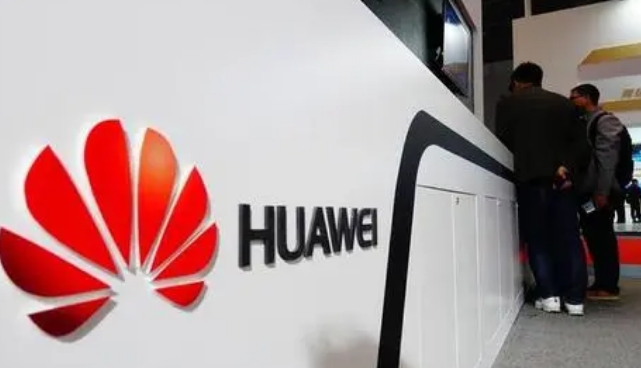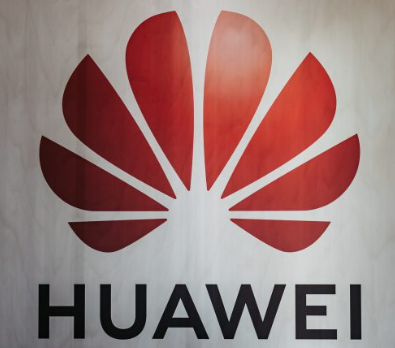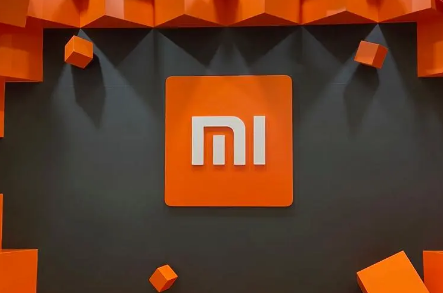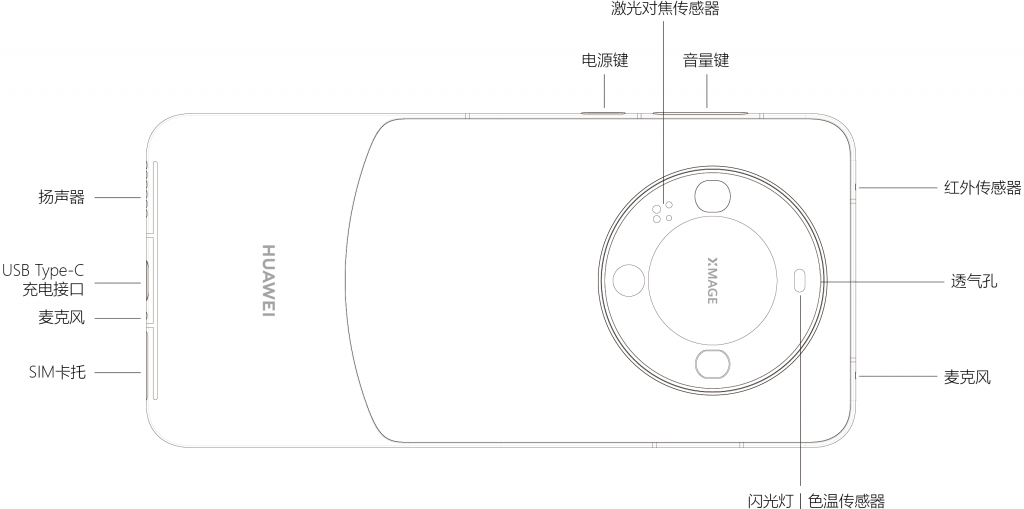Huawei and NTT DoCoMo trial 5G tech
NTT DoCoMo has announced completing trials of 5G integrated access backhaul (IAB) technology with Chinese networking giant Huawei, which it said increases the wireless coverage of millimetre-wave (mmWave) spectrum.
According to the Japanese carrier, mmWave signals are usually affected by interference from obstacles. IAB technology attains advanced beamforming by using a "compact focal lens antenna made with metamaterials" that concentrates the long-distance direction of radio waves.

This reduces interference and allows for simultaneous data transmissions over the same frequency, the telco said.
The field trial used the 39GHz band and was undertaken in Yokohama CBD Minato Mirai 21 in Japan, testing wireless backhaul between an IAB donor 5G base station and an IAB or 5G relay node, which was able to connect wirelessly with mobile user equipment.
"The trial demonstrated that IAB can significantly improve mmWave coverage and capacity. Throughput exceeding 650Mbps with a low latency of 1.6ms was achieved with user equipment that was outside the range of the base station," NTT DoCoMo said.
"The IAB trial system demonstrated that IAB technology dramatically improves mmWave coverage and capacity. It also proved that IAB facilitates the use of high-speed, low-latency 5G communication among tall buildings and on isolated islands or in mountain regions where laying fibre presents problems."
3GPP is currently considering IAB technology as part of its 5G New Radio (5G NR) standardisation process, the telco said.
Huawei and NTT DoCoMo had similarly tested 5G in Yokohama's Minato Mirai 21 District back in 2016, attaining 11.29Gbps throughput speeds and latency of less than 0.5ms during a field trial.
That trial had used the 4.5GHz spectrum band, along with a macro cell with one base station and 23 user equipment devices.
"According to the test, 11.29Gbps total user throughput was achieved with 24 layers, with each UE receiving two layers," Huawei said at the time.
Huawei and NTT DoCoMo signed a memorandum of understanding (MOU) in December 2014, which also saw the companies conduct an outdoor field trial of Massive Multiple-Input Multiple-Output (MIMO) in Chengdu, China.
The Japanese telco giant earlier this month also announced reaching a 5G equipment supply deal with NEC Corporation, with NTT DoCoMo planning to launch its new mobile network in 2020.
Under the deal, NEC will provide control units for 5G base stations as well as using software upgrades to ensure NTT DoCoMo's existing base stations and telco equipment are compatible with 5G.
"This agreement with NEC is in line with that policy, and we expect it to make a significant contribution to our 5G services. Going forward, DoCoMo accelerates co-creation of new services and businesses with vertical industry partners," NTT DoCoMo CTO Hiroshi Nakamura said.
According to NEC executive vice president Atsuo Kawamura, the company will also provide NTT DoCoMo with "remote diagnosis and advanced security that combine 5G with the latest ICT".
NEC had in February used Mobile World Congress (MWC) 2018 to announce that it would be undertaking verification experiments alongside NTT DoCoMo on 5G wireless technologies at the Yokosuka Research Park and NEC's Tamagawa Plant.
Following the standardisation of 5G NR specs in December, NTT DoCoMo, NEC Corporation, and Huawei all announced the beginning of the full-scale development of 5G NR including large-scale trials and commercial deployment, along with Ericsson, Intel, Nokia, Samsung, AT&T, BT, China Mobile, China Telecom, China Unicom, Deutsche Telekom, Fujitsu, KT Corporation, LG Electronics, LG Uplus, MediaTek, Orange, Qualcomm, SK Telecom, Sony Mobile Communications, Sprint, TIM, Telefonica, Telia Company, T-Mobile USA, Verizon, Vodafone, and ZTE.
NTT DoCoMo has also been involved in testing 5G with Ericsson and Nokia.
在线留言询价
- 一周热料
- 紧缺物料秒杀
| 型号 | 品牌 | 询价 |
|---|---|---|
| TL431ACLPR | Texas Instruments | |
| RB751G-40T2R | ROHM Semiconductor | |
| CDZVT2R20B | ROHM Semiconductor | |
| BD71847AMWV-E2 | ROHM Semiconductor | |
| MC33074DR2G | onsemi |
| 型号 | 品牌 | 抢购 |
|---|---|---|
| BU33JA2MNVX-CTL | ROHM Semiconductor | |
| TPS63050YFFR | Texas Instruments | |
| BP3621 | ROHM Semiconductor | |
| IPZ40N04S5L4R8ATMA1 | Infineon Technologies | |
| ESR03EZPJ151 | ROHM Semiconductor | |
| STM32F429IGT6 | STMicroelectronics |
- 周排行榜
- 月排行榜
AMEYA360公众号二维码
识别二维码,即可关注




























